The Next Transport Ship
Securing enough transport capacity is imperative for island defense, but Japan’s Navy (JMSDF) lacks the transport ships necessary for this role.
JMSDF currently operates three “Osumi-class” transport vessels and one smaller landing ship, but both have been in service for over 20〜30 years, signaling the need for newer models.
Amidst such predicament, the JMSDF is exploring the possibility of amphibious assault ships, as indicated by the “Investigation and Research Initiative” for a new vessel.
The initiative requires personnel that has expertise in amphibious vessels, transport vessels, helicopter carriers, and mine-laying ships which all lead to a specific type of vessel when combined – amphibious assault ships.
Moreover, considering the fact that major shipbuilders had previously presented conceptual designs for amphibious assault ships, the likelihood of constructing it seems quite high.
Although the current Osumi-class transports features a large flight deck and well dock facilities, it is a dock landing ship at best with limited aviation capabilities.
On the other hand, the “Hyuga-class” helicopter carrier primarily serves as an anti-submarine asset, making them unsuitable for amphibious assault missions, and the “Izumo-class” light aircraft carrier lacks the transport capacity.
With the growing demand for maritime transport and the lingering thirst for amphibious assault ships, it would seem natural for the JMSDF to make its final move.
The plan would have been politically unacceptable in the 1990s or even in the early 2000s, but the Chinese naval expansion and the Izumo-class carriers have diminished most political obstacles, paving the way for amphibious assault ships.
Whether actively or passively, the general public is expected to support such acquisition, especially after the 2024 Noto Peninsula Earthquake where the lack of beach landing capabilities hampered disaster relief operations.
The earthquake proved that damaged ports or piers could not accommodate ships for unloading supplies, making amphibious assault ships equipped with LCACs and helicopters essential.
For a country frequently struck by natural disasters, amphibious assault ships with superior transport capacity and aviation capabilities are not only suitable for military operations, but also for disaster relief efforts.
Multi-Role Vessel In Mind
So, What would postwar Japan’s first amphibious assault ship look like?
It is estimated that the ship will resemble a slightly smaller, transport version of the Izumo-class carrier with features including aircraft hangars, vehicle storage space, and a well dock for LCAC landing crafts.
Designs proposed by shipbuilders show side elevators to accommodate V-22 Ospreys and F-35B stealth fighters which would bring the vessel close to that of the US Navy’s amphibious assault ships, only in a smaller scale.
However, these are just proposals from private companies, and any decision for construction, let alone specific designs, have yet to be made.
If we closely examine the requirements set forth by the JMSDF, it is highly possible that the new ship will also succeed the “Uraga-class” mine-countermeasures support ship (a.k.a mine-laying vessel), ending up as a multi-purpose vessel rather than a standard amphibious assault ship.
As seen with the Mogami-class Frigates, the JMSDF has recently been pursuing versatility in order to maximize efficiency and cope with the serious labor shortage.
The introduction of amphibious assault ships can undoubtedly enhance both transport capacity and landing support capabilities, but will come at a cost of using up many personnel.
Given the JMSDF’s current situation, adding large vessels to the fleet may not be the best idea. Introducing amphibious assault ships would only increase the burden unless streamline efforts are taken, such as further automation and reallocating crew slots from existing minesweepers.


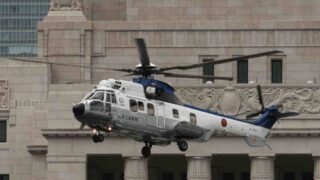

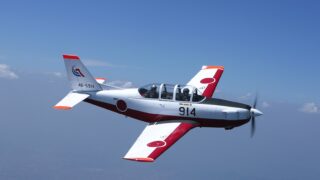
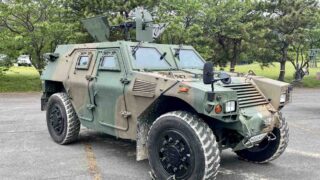
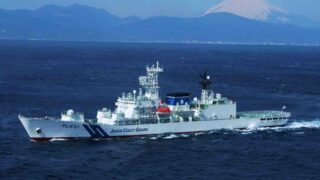
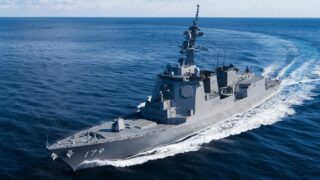
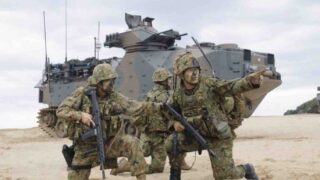
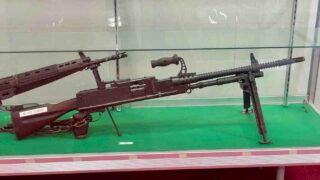

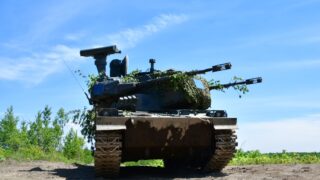
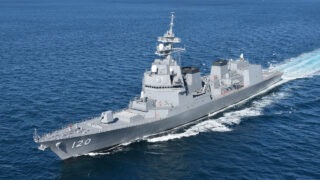
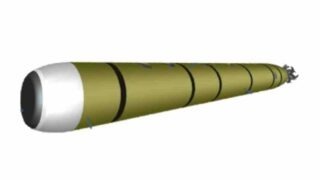
-320x180.jpg)

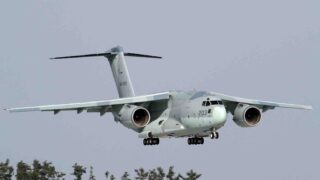
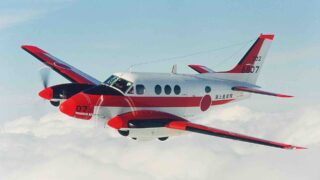

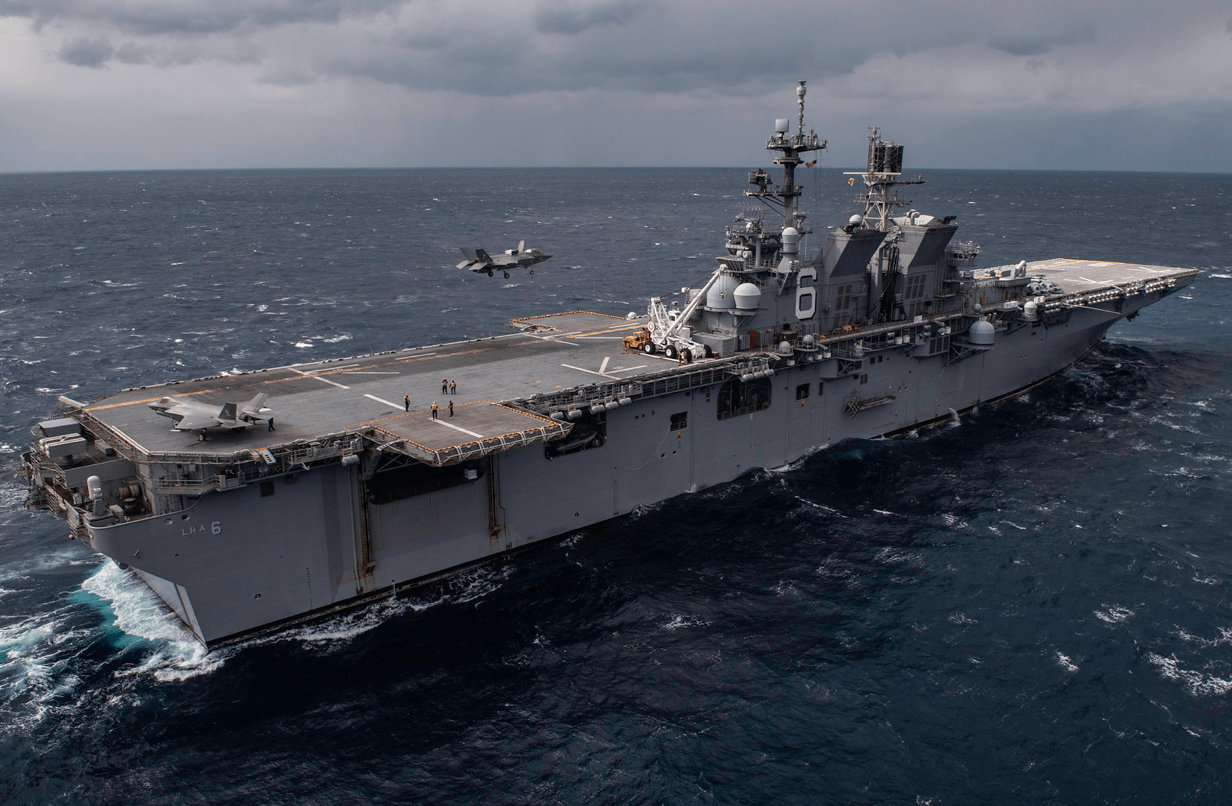
Comments